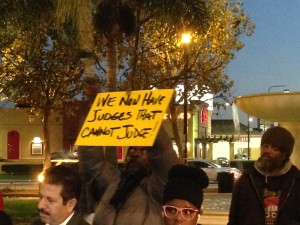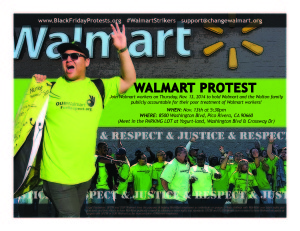The Talmud reports that the reason for adding a candle to the menorah every night of Hanukkah is that “one may raise up within holiness but one may not lower within holiness.” This principle usually governs an action that may or may not be taken with regard to vessels, materials, and foodstuffs that are dedicated to the Temple. In one example, a priest’s worn clothes may be used for wicks in the Temple candelabra but not for more mundane purposes. How might we understand this in relation to our more modest candelabra?
We are moved to the deeper meaning of the candlelight. Just as with each added candle there is more light, we must constantly add to the quantity of holiness in the world. How does one expand holiness in the world? The Torah (Leviticus 19) commands “you shall be holy, for I God, your God, am holy.” This general statement is followed by a list of specific actions, including this: “You shall do no iniquity in justice. You shall not favor the wretched and you shall not defer to the rich. In righteousness you shall judge your fellow … You shall not stand over the blood of your fellow. I am God.”
The blood of our fellow citizens, black and brown, is spilled in our streets—by those who are part of the justice system. We may not stand by silently anymore.
We are doing pretty well with not favoring the wretched, but we can do way better with not defering to the rich.
We must get back to righteousness. We must get to justice.
kavvanot for previous nights are here and here


